Europe, Middle East, Africa (EMEA)
Asia Pacific (APAC)
Americas (AM)
- Automated Mailer Bags and Pouches
- Bubble Bags
- Bubble Bundles
- Fabricated Foams
- Flooring Underlayment
- Instapak® Foam Packaging
- Korrvu® Suspension and Retention
- Mailers
- On-Demand Inflatables
- Paper Void Fill Solutions
- Paper Wrapping Solutions
- Recycled Bubble
- Shrink Films
- Surface Protection Foams
- Temperature Assurance Bags and PUR
- Advanced Customer Training
- AUTOBAG® Product Resource Library
- AutoLabel Software Tools and Support
- Customer Service
- Custom Bagging Machine Applications
- Custom Engineering and Integrated Systems
- Factory Service Repair Center
- Field Service and Preventive Maintenance
- Financing and Payment Options
- Graphics, Art & Imaging for Custom Branded Bag Packaging
- Systems Advantage: The Total Systems Approach to Bag Packaging
- Technical Phone Support

Navigating Sustainability in the Seafood Industry
Between changing government regulations, sustainability certifications, and consumer preferences, navigating sustainability in the seafood industry can be extremely complex. But as seafood processors and retailers feel increased pressure to become more sustainable, it's no longer a nice-to-have. Keeping up with the changing sustainability landscape is essential, but the good news is, you don't have to do it alone.
Sealed Air's global footprint puts us in a unique position to understand sustainability regulations in every corner of the world. Our experts are knowledgeable in more than sustainable packaging solutions — they can guide you through complex sustainability challenges like food waste, carbon emissions, consumer preferences, circularity, and government regulations.
Government Regulations and Certifications
You might feel like you’re in a never-ending battle of changing government regulations — and you’re not alone. As one of the most highly traded food commodities in the world, governments are cracking down on regulations related to how seafood is caught, packaged, and labeled.
Sealed Air is your trusted partner because we:
- Have over 35 years of experience in seafood packaging
- Have a global footprint that keeps us up to date on local regulations
- Are a pioneer developer of compliant oxygen-transmission rate films for seafood
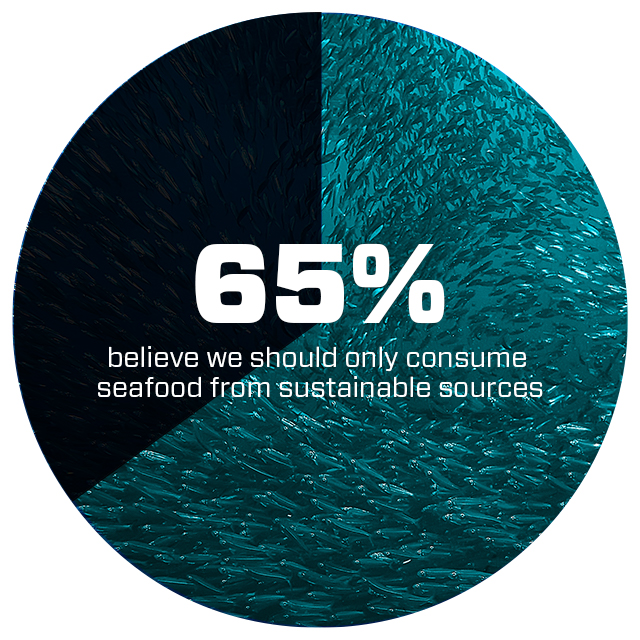
Source: SeafoodSource
Consumer Seafood Sustainability Preferences
Sustainability continues to be a hot topic and seafood consumers expect the industry to take a sustainable approach to protect both the planet and people.
More consumers are asking for sustainably caught seafood. And due to a desire for more information about sustainable practices and verification of sustainability claims, consumers overwhelmingly support seafood traceability.
It's not just the salmon or tuna that consumers want to be sustainable, though. There's also an increased preference for more sustainable packaging like:
- Fiber-based solutions
- Mono PET
- Downgauged solutions
Sealed Air’s market insights team makes it easy to navigate consumer preferences by conducting consumer research and market insights that give you in-depth knowledge of a full range of consumer preferences in the seafood industry.
Food Waste and Loss
Retail shrink doesn't need to be accepted as "just the cost of doing business." Retailers often report throwing out an average of 5 to 20 percent of all products from refrigerated cases. Exposing seafood to elements like light and oxygen trigger the oxidation process, expediting food loss and waste.
Solutions like better temperature control and traceability are necessary, but one of the best ways to reduce food waste and loss is by protecting seafood using the proper packaging.
Sealed Air has solutions that:
- Extend the shelf life of products
- Improve food handling
- Reduce cross-contamination
- Minimize oxidation
Sustainable Seafood Packaging
As the seafood industry moves away from wet markets and seafood counters, there are also trends towards more sustainable packaging solutions like mono materials, reduced plastic gauge, and fiber-based packaging. With over 35 years of experience in seafood packaging, our experts can help you determine what packaging solution is best to fit your unique needs.
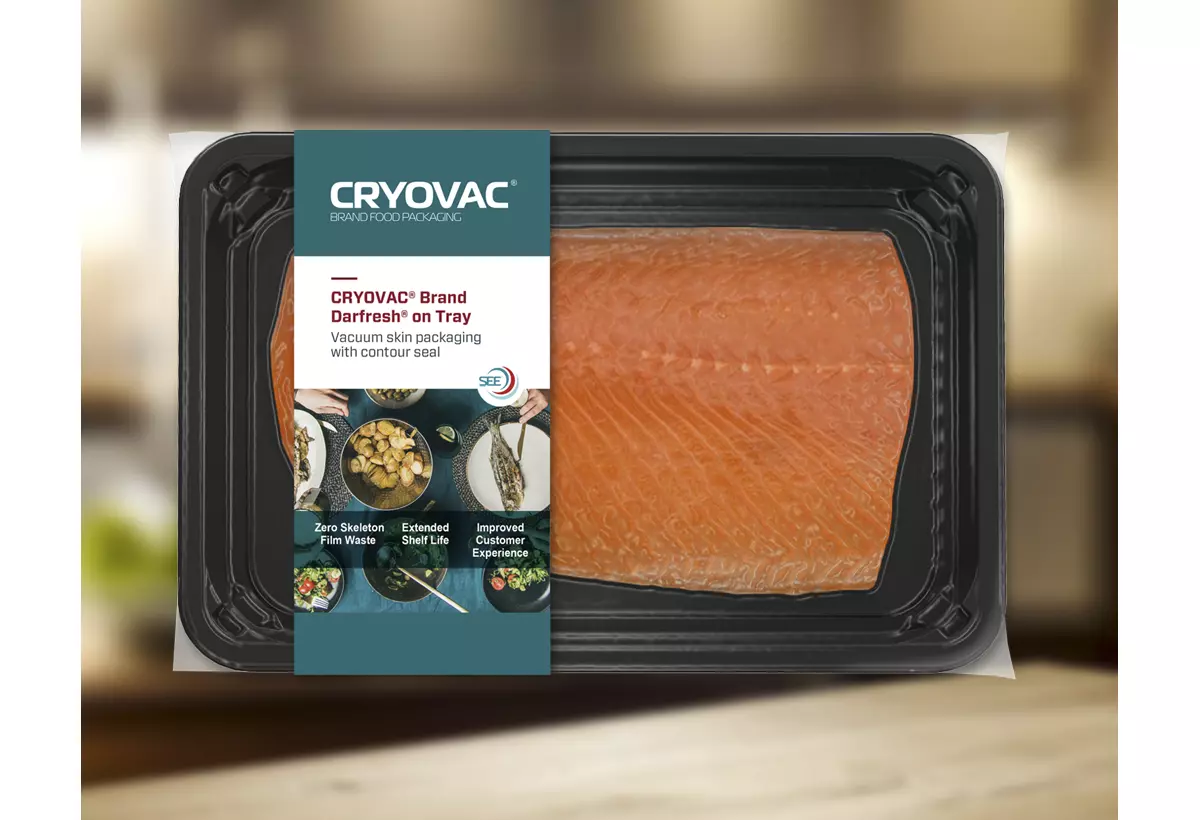
Vacuum Skin Film
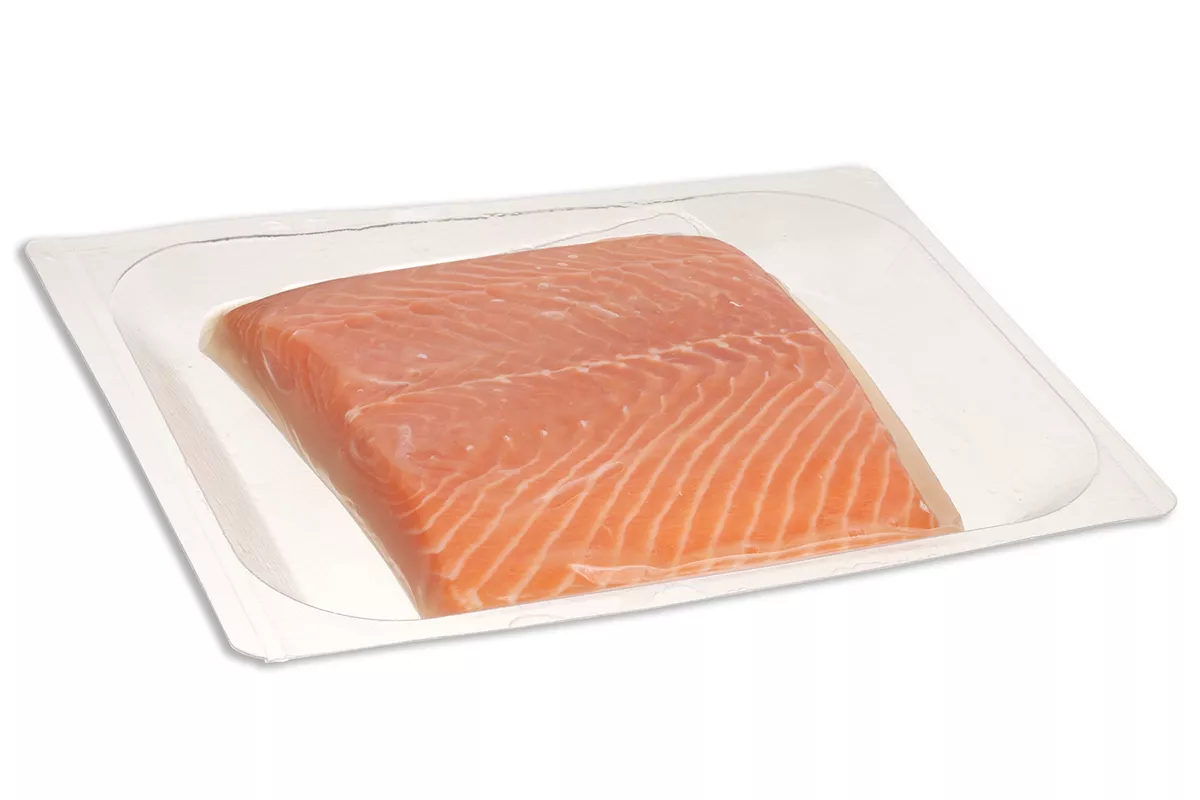
Plant-Based Film
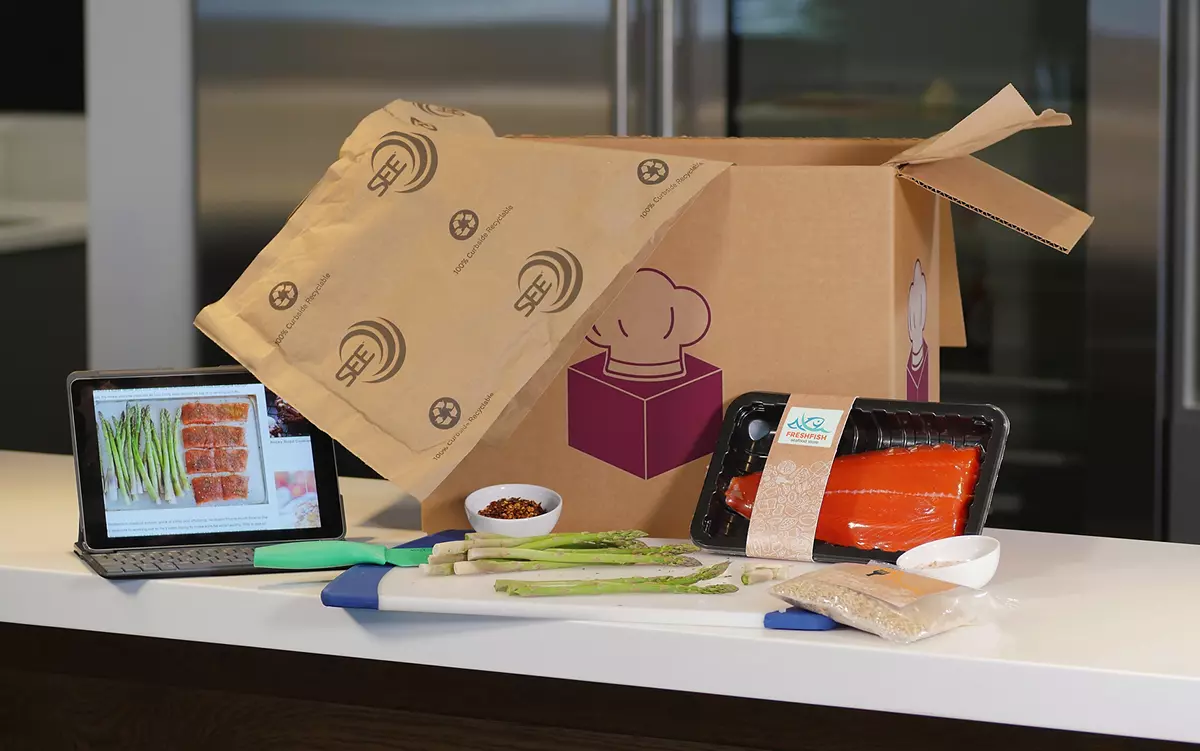
TempGuard Insulated Liners
More From Sealed Air

Connect With Us
Get answers to common questions about our company, products, services, and beyond by filling out the form below. A dedicated representative will contact you soon to better understand and address your specific needs..
* All fields required

Thank You
Thank you for reaching out. We've received your information and will respond shortly. We appreciate your interest in Sealed Air.
Are you sure you want to cancel your submission?
Your information will not be saved.
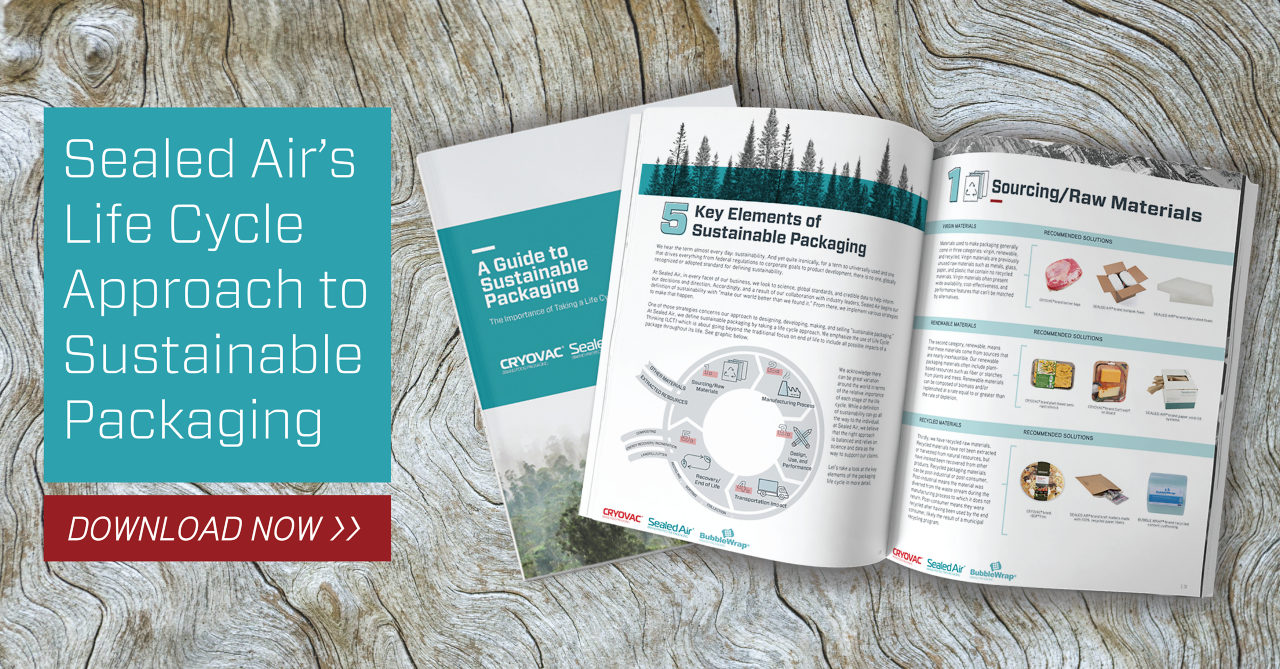



.jpg.transform/medium/image.jpg)